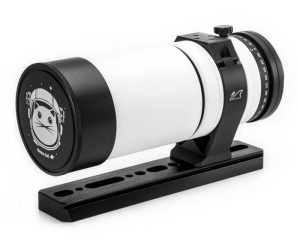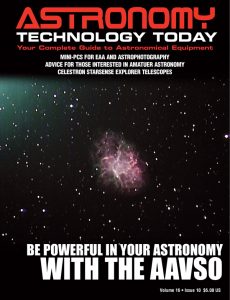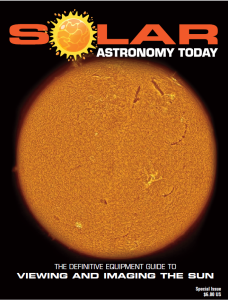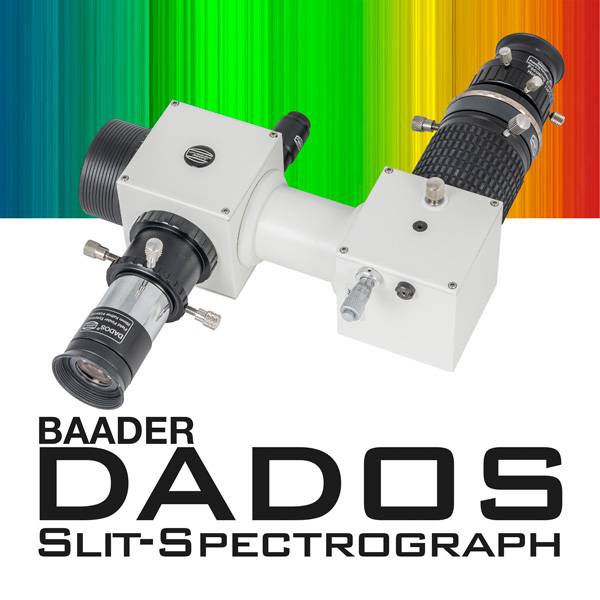The William Optics Black & White Cat 51 is the latest iteration of the popular William Optics RedCat 51 series. Available as a limited-edition OTA, the Black and White Cat offers all the latest updates of the 51 series.
 The William Optics Black & White Cat 51 offers a 51mm objective lens in a sleek quadruplet Petzval APO design, using Synthetic Fluoride (FPL53 and FPL51) glass for a full frame flat field image. The optical quality provides exceptional performance at a fast focal ratio of f/4.9 and its compact size makes it ideal for convenient wide field astrophotography or piggybacking.
The William Optics Black & White Cat 51 offers a 51mm objective lens in a sleek quadruplet Petzval APO design, using Synthetic Fluoride (FPL53 and FPL51) glass for a full frame flat field image. The optical quality provides exceptional performance at a fast focal ratio of f/4.9 and its compact size makes it ideal for convenient wide field astrophotography or piggybacking.
The Black & White Cat 51 comes with 48 mm threads, so it is compatible with several different brands of digital and mirrorless cameras such as Canon, Nikon, Sony, Pentax, as well as the most popular dedicated astronomy camera manufacturers such as ZWO, QHY and more. It incorporates a smooth helical focuser, a field rotator that is fully rotatable by 360 degrees, a slot for 48mm filters and a reversible dovetail for either Vixen style or Arca-Swiss mounting.
The William Optics Black & White Cat 51 specifications include:
– Optical Design: Refractor
– Refractor Design: Apochromat (APO)
– Focal Length: 250mm
– Diameter: 51mm
– Aperture: f/4.9
– Number of Refractor Elements: 4
– Focuser: Helical focuser
– Image Circle: >43mm
– OTA length (fully retracted): 228mm
– OTA length (fully extended): 291mm
– Weight: 2.9 lbs / 1.3kg (OTA only); 3.9 lbs / 1.76 kg (OTA with ring and dovetail)
You can learn more about the William Optics Black & White Cat 51 here.

 And to make it easier for you to get the most extensive news, articles and reviews that are only available in the magazine pages of Astronomy Technology Today, we are offering a 1-year magazine subscription for only $6! Or, for an even better deal, we are offering 2 years for only $9. Click here to get these deals which only will be available for a very limited time. You can also check out a free sample issue here.
And to make it easier for you to get the most extensive news, articles and reviews that are only available in the magazine pages of Astronomy Technology Today, we are offering a 1-year magazine subscription for only $6! Or, for an even better deal, we are offering 2 years for only $9. Click here to get these deals which only will be available for a very limited time. You can also check out a free sample issue here.
The sun is more active than it has been in years! If you’d like to learn more the technology behind solar observing, solar imaging and more, you can check out our free publication, “The Definitive Guide to Viewing and Imaging the Sun”. You don’t have to sign up or provide any information, simply click here and enjoy reading!



